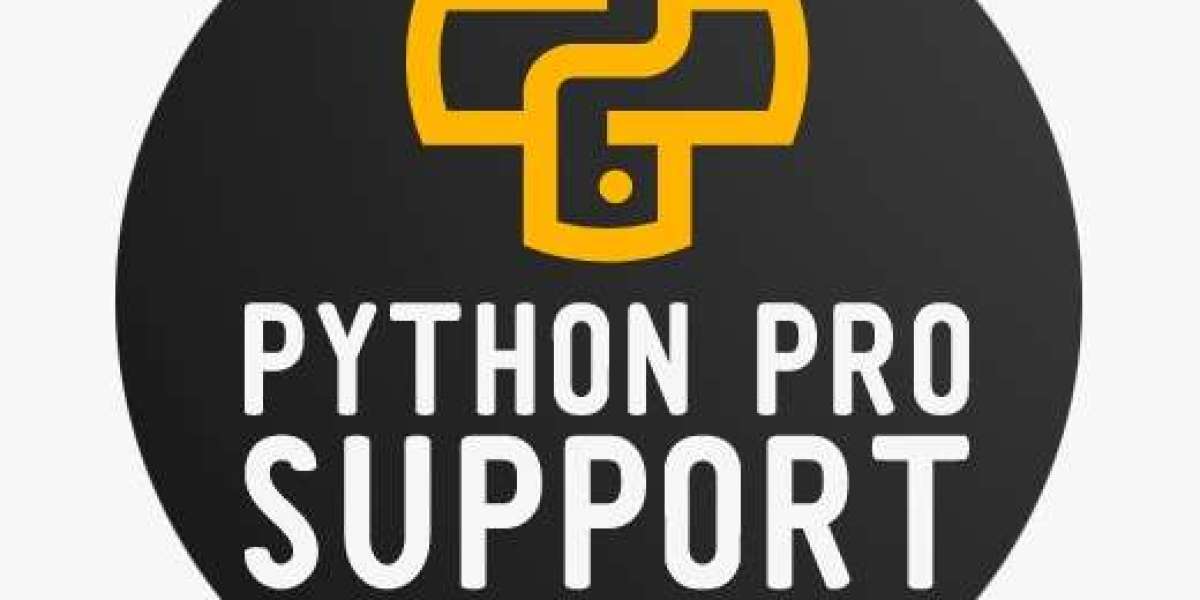Python, often referred to as the programming language for everyone, has risen to prominence in the world of software development. Renowned for its simplicity, readability, and versatility, Python has become a favorite among developers, powering applications ranging from web development and data analysis to artificial intelligence and machine learning. In this article, we'll explore the key features, applications, and reasons behind Python's widespread adoption and success.
Readability and Simplicity:
Python's syntax is designed to be clean and readable, making it an ideal language for both beginners and experienced developers. The use of indentation rather than braces for block delimiters enhances code readability, fostering a coding style that is easy to understand and maintain. Guido van Rossum, Python's creator, prioritized simplicity, leading to a language that minimizes unnecessary complexity.
Versatility:
Python's versatility is one of its most compelling features. Whether you're developing web applications, scripting, automating tasks, or working on complex scientific and data analysis projects, Python provides the tools and libraries needed. Its flexibility allows developers to seamlessly transition between different domains, contributing to its popularity in diverse industries.
Extensive Libraries and Frameworks:
Python boasts a rich standard library and an expansive ecosystem of third-party libraries and frameworks. The standard library covers a broad range of functionalities, from handling data structures and regular expressions to working with networking and databases. Frameworks like Django, Flask, and TensorFlow have further expanded Python's capabilities, making it easier to develop robust and scalable applications.
Community Support:
The Python community plays a pivotal role in the language's success. With a large and active user base, developers can easily find solutions to problems, share knowledge, and collaborate on projects. Python's community-driven development model, guided by the Python Enhancement Proposal (PEP) process, ensures that the language evolves based on the needs and contributions of its diverse user community.
Data Science and Machine Learning:
Python has become a powerhouse in the fields of data science and machine learning. Libraries such as NumPy, pandas, and scikit-learn have become essential tools for data analysis and machine learning tasks. Python's straightforward syntax facilitates quick prototyping, making it a preferred language for researchers and practitioners in these rapidly evolving domains.
Cross-Platform Compatibility:
Python's cross-platform compatibility allows developers to write code that runs seamlessly on different operating systems, enhancing portability and reducing development effort. This feature is particularly valuable for projects that need to be deployed across various environments.
Conclusion:
Python's journey from a niche language to a versatile and widely adopted programming tool is a testament to its inherent strengths. With a focus on readability, versatility, extensive libraries, and a thriving community, Python continues to be a driving force in the world of software development. As technology advances, Python's adaptability ensures that it remains a top choice for developers seeking a powerful and user-friendly programming language.







